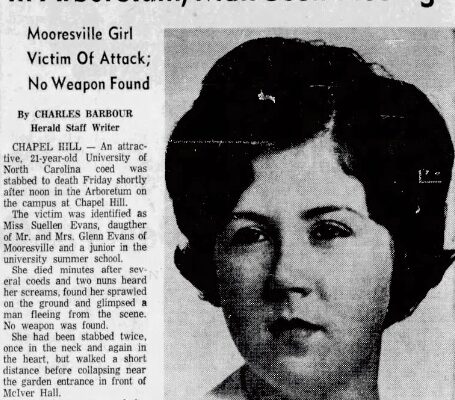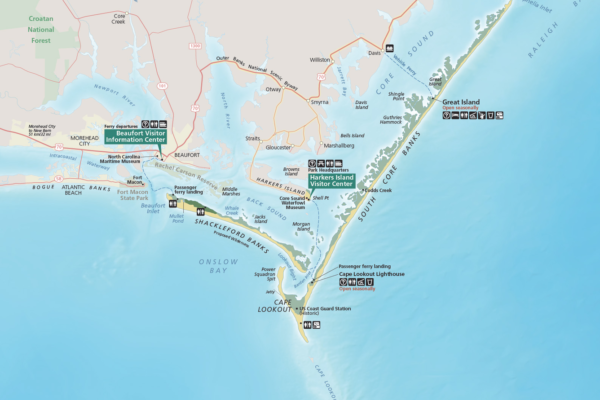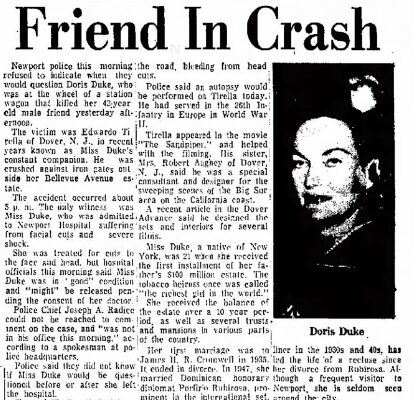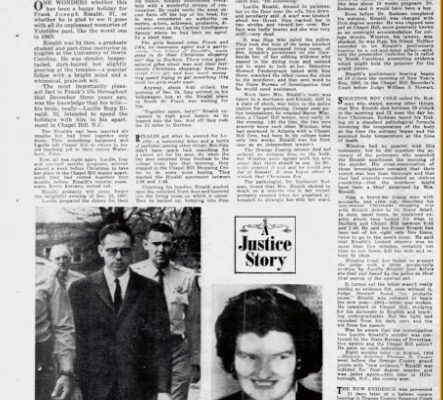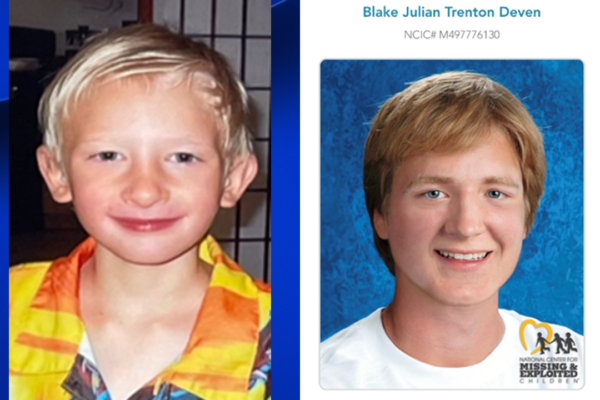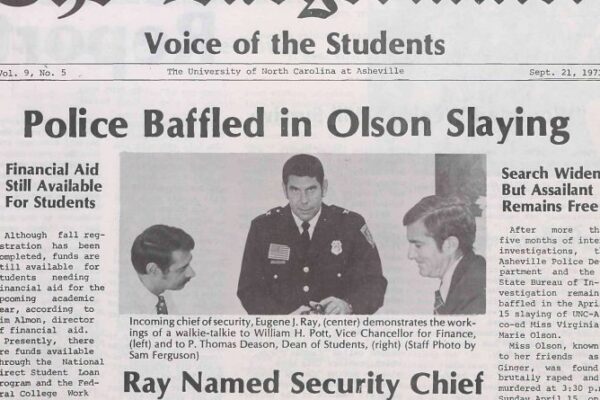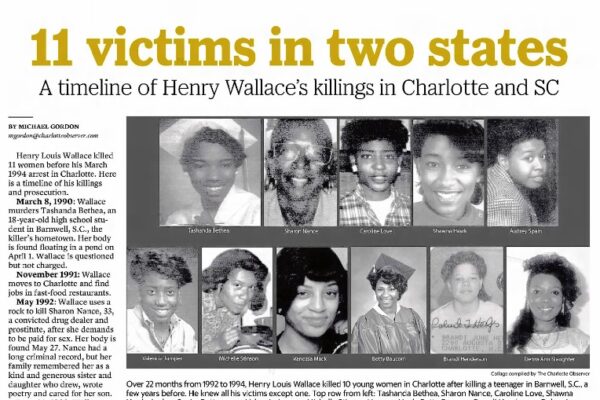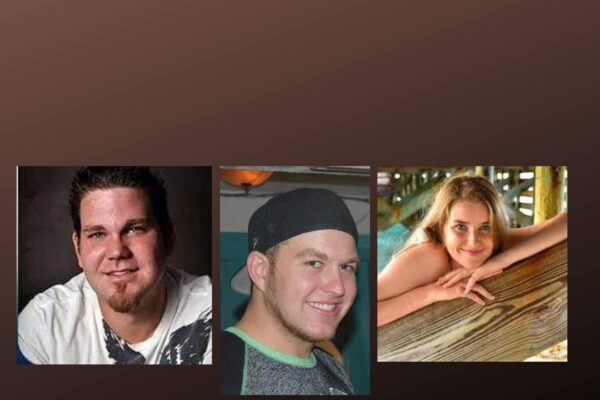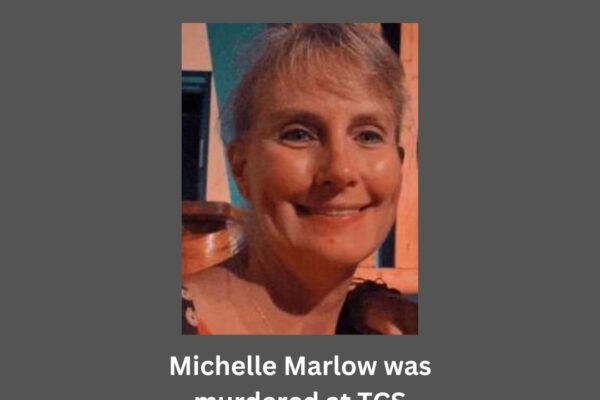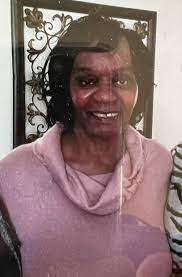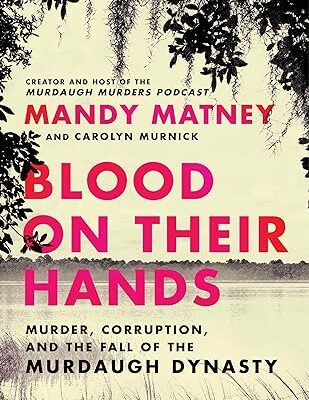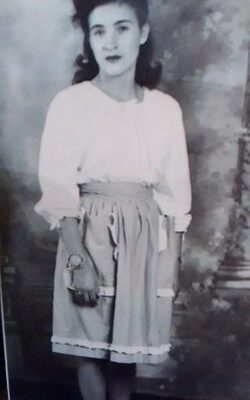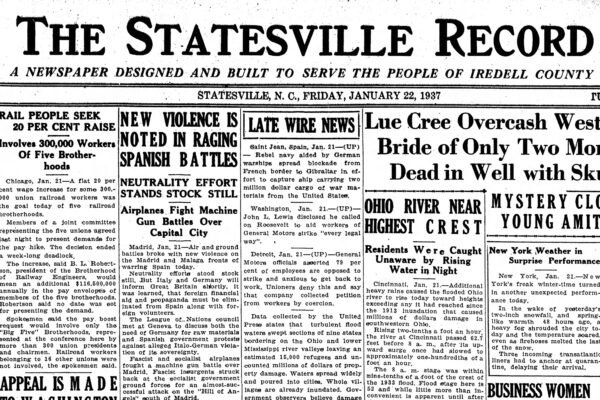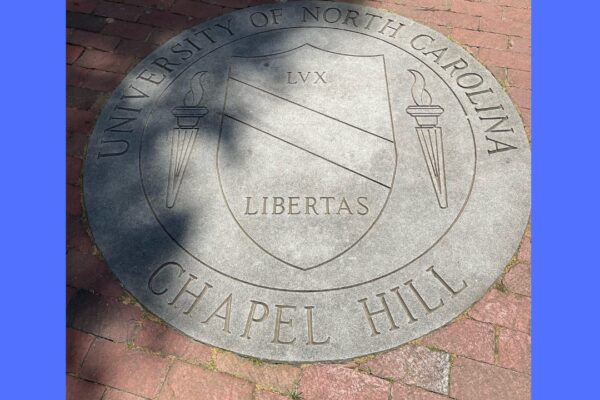Over the years, there have been several different murders that have taken place involving students and staff at the University of North Carolina. In January of 1995, Wendell Williamson, a student at the UNC Law School, wounded a police officer and killed two bystanders when he opened fire on Henderson Street. In March of 2008, Student Body President Eve Carson was abducted, robbed, and murdered by two local men with extensive criminal backgrounds. In August of last year, Associate Professor Ziije Yan was shot and killed by a graduate student. Student Faith Hedgepeth was killed in her apartment in September of 2012, and police only recently arrested a suspect in that case. But a murder that took place in the botanical gardens of the UNC campus during the summer of 1965 has never been solved.
Looking Forward to a Trip Back Home
On July 30, 1965, 21-year-old Suellen Evans, a resident of Mooresville, North Carolina, was taking a summer session at the University of North Carolina at Chapel Hill when she was attacked in the Coker Arboretum on the school’s campus in the early afternoon. The arboretum is a five-and-a-half garden at the heart of the college campus. Suellen, wearing a blue-striped shift dress with red piping along the collar, an outfit she had made herself, was walking through the arboretum as a cut-through to where she was staying in the Cobb Dormitory after attending a sociology class in the Alumni Building, which was west of the garden. Suellen had a boyfriend in Mooresville and had been planning to get back to her dorm and pack for a weekend trip back home. At the time, the Arboretum was known for being a “lover’s lane,” and parts of it were wooded with abundant vines and foliage.
Between 12:30 and 12:45 p.m., Suellen was attacked by an unknown assailant. Two nearby coeds heard screams and rushed to find the source. One of these students saw Suellen lying on a bed of trampled flowers, and said she caught a glimpse of a dark-skinned arm wrapped around her legs. The suspect quickly fled the scene through the bushes before the witness could get more of a description. Two nuns who were also on campus to attend summer classes heard the commotion and rushed to help. Suellen had been stabbed in the chest and neck. She told the group that was trying to help her that she felt like she was going to faint, and that a man had tried to rape her. The nuns tried to perform artificial respiration but were unsuccessful.
Police arrived on the scene at around 1 p.m. and found Suellen lying on a bed of periwinkles between two gravel walkways.
She was pronounced dead on arrival at North Carolina Memorial Hospital a short time later. Suellen was identified by her books and personal belongings that were found scattered around the scene. There was no murder weapon found nearby, but the medical examiner said Suellen’s wounds came from a sharp instrument that he believed was a type of knife. They collected Suellen’s dress as evidence, as well as scrapings from underneath her fingernails. Police took plaster casts of shoe prints found near the crime scene.
Suellen graduated from Mooresville High School in 1962 and initially studied home economics at Catawba College in Salisbury. After two years, she decided to transfer to the University of North Carolina at Greensboro as a rising junior majoring in home economics. But she had lost a lot of credits in the transition between Catawba College and UNC-Greensboro, which was why she enrolled in the summer session at UNC. Her friends and family told the media that she was a sweet young woman who loved singing and sewing. She had last spent time with her family two weeks prior in Mooresville.
The Suspects
A workman who was near the southwest corner of the arboretum said he saw a young black male running toward Davie Hall, then veer off toward the Episcopal Church and Franklin Street. He was wearing a blue sports shirt with the shirt tail hanging out.
Police Chief W.D. Blake ordered that the campus be sealed off and police kept a close watch on all the roads leaving Chapel Hill. He called for the use of bloodhounds and the dogs tracked a scent from the scene of the attack to the church near the garden and lost it.
The day after the murder, the police chief announced six suspects had been questioned and released.
By August second, investigators had begun questioning people in communities outside of Chapel Hill, including Graham, Mooresville, and Spartanburg, South Carolina. They mentioned one suspect, a Black male, had been questioned on Saturday, July 31, but he refused to answer any questions on the advice of his attorney. He allowed them to make a plaster cast of his shoe and was released.
Her father, Glenn Evans, was a postal carrier with the Mooresville Post Office and was on the job when he heard the news of what had happened to his daughter. She also had an older brother who was living in Virginia at the time.
Mourned by Many
The autopsy revealed Suellen had died of a stab wound through the heart, and she was also wounded in the neck. More than 800 people attended Suellen’s funeral at the Vanderburg Methodist Church in Mooresville on Aug. 1.
On August 5, The Daily Tar Heel announced the campus police, in conjunction with the Chapel Hill Police Department, were seeking 200 men to search the Coker Arboretum for the murder weapon used in the crime. They were asked to assemble in front of Graham Memorial and wear old clothes. They stated the object of the search was to find a knife or similar instrument with a long blade. If anyone found anything, they were told to call one of the policemen who would be on site during the search. They planned to use a shoulder to shoulder method to search the thick undergrowth in the Arboretum. Later reports confirmed about 100 men showed up for the search and found no items of interest.
Police questioned a white male seen on campus that day with a bloody neck, but he said he had cut himself shaving that morning. Police said they were looking for an AWOL soldier, a Black male, who had reportedly stolen a car in another part of the state five days before the murder.
Meanwhile, the Dean of Women urged students not to walk alone through isolated areas of campus. She also encouraged students who had been followed or approached on campus to report the incidents to authorities. The Student Body President at the time said, “Last week, the loss of a member of our student body resulted, in part, from the thickness of certain shrubs which permitted a natural lurking place for any person seeking to misuse the Arboretum.” He said he hoped the university would take action and thin out the thick shrubs, thickets, and undergrowth in the botanical garden. He also said, “The Arboretum is poorly lighted and should be made more safe by the addition of mercury lamps appropriately illuminating all walkways. Recent proposals to turn the area into a formal garden with more benches and lights could cause the Botany Department some temporary hardship, but the beauty of the campus and the safety of our students would be enhanced. This should be our aim.”
This same edition of The Daily Tar Heel shared police had questioned a Black male thought to be the prime suspect in the murder. He was brought in as both a potential witness and a suspect. He was questioned for four hours and then released on August 4. A student had placed this man, who was about 30 years old, in the area of the Arboretum where the stabbing occurred. He did not appear to have any scratches or other injuries they could find. He denied being in the botanical garden at the time of the murder but had no alibi. This man’s wife was employed by the university. The student who identified this man said he had noticed the suspect walked through the garden almost every day. The suspect was seen walking toward the Arboretum around 12:15 p.m. on the day Suellen was murdered, and leaving the vicinity around 1 p.m.
Continuing to Work the Case
In 1970, police traveled to Odessa, Texas, to follow up on a lead because someone heard a man who hailed from Raleigh say he knew who killed Suellen Evans. But it turned out he was only repeating information he had read in one of the true crime magazines that were popular at that time. Later that year, they finally got their chance to interview another suspect, a construction worker who had left his job site on the campus and never returned. He was in Central Prison when they spoke to him, and they spent several days checking out his alibi. It cleared the suspect.
Not long after UNC-Asheville student Virginia Olson’s murder in 1973, which we discussed in last week’s episode, an article ran in the News and Record with the headline, “UNC-A and UNC-CH Killings Similar.” It noted that both women were killed in the gardens on the campuses, rape or rape attempts were involved, and both crimes were committed in broad daylight. While I do have to admit there were a lot of similarities in these crimes and they both took place in North Carolina, the eyewitness accounts of the suspects are completely different, and they took place years apart.
On July 28, 1997, The News and Observer published an article titled “1965 slaying hasn’t been forgotten in Chapel Hill. At that time, the sheriff of Orange County, Lindy Pendergrass, had also worked the case in 1965 as a young police officer. Pendergrass said member of the Chapel Hill Police Department had just interviewed the last living prime suspect, and he passed a polygraphy with flying colors. Because of that, they said suspicion next fell on a second man who was long considered a main suspect. But by 1997, that man had already been dead for many years. Those two suspects were also interviewed in the days following the murder, but were released because of lack of evidence and a confession.
In the late 90s, a patrol officer named Sgt. Harold Horne helped form a special team to dig deeper into the case. Investigators spent time reviewing the files on the case and drove to Raleigh to go over the more-detailed files the SBI had collected at the time, but they still could not find a smoking gun. Horne said he believed police were distracted by their initial investigation by the flood of calls from scared residents reporting possible sightings of the suspect. To be honest, I’m sure every Black male in the town was reported at one point or another due to the publicity of the case. Horne said, “It bordered on almost hysteria, in my mind. I can’t imagine how many hours the police must have wasted following up leads and reports of things that were dead ends from the very beginning.”
The case remains open although there have been no leads in recent years. If you know something please contact the Chapel Hill-Carrboro-UNC Crimestoppers at 919-942-7515 or email crimestoppers-chcunc.org.
Show Sources:
Durham Morning Herald
July 31, 1965
“Carolina Coed is Slain on Campus”
https://www.newspapers.com/image/791771539
Greensboro Daily News
July 31, 1965
“UNC Coed Attacked, Slain in Chapel Hill”
https://www.newspapers.com/image/939913183
The Durham Sun
July 31, 1965
“Slayer of Coed Hunted”
https://www.newspapers.com/image/791764218
The Charlotte Observer
July 31, 1965
“Parents Last Saw Her 2 Weeks Ago”
https://www.newspapers.com/image/620332438
https://www.newspapers.com/image/620332737
August 2, 1965
The Charlotte Observer
“Killer Sought Outside UNC”
https://www.newspapers.com/image/620326932
August 2, 1965
The Charlotte News
“Our Town with John Kilgo”
https://www.newspapers.com/image/621106301
The Tar Heel Times
August 5, 1965
“Prime suspect found, not charged”
https://www.newspapers.com/image/71309875
https://www.newspapers.com/image/71309892
The Charlotte Observer
September 13, 1965
“Coed’s Murder Puzzles Cops”
https://www.newspapers.com/image/620337050
The Tar Heel
July 28, 1966
“After One Year, a Killer Waits”
https://newspapers.digitalnc.org/lccn/sn92073228/1966-07-28/ed-1/seq-1.pdf
https://abc11.com/archive/8989233
Rocky Mount Telegram
July 28, 1997
“Cops review 32-year-old murder case”
https://www.newspapers.com/image/339217908
The Salisbury Post
August 1, 1965
“UNC Killer Search Intense”
https://www.newspapers.com/image/1026938516
The News and Observer
July 28, 1997
“1965 slaying hasn’t been forgotten in Chapel Hill”
